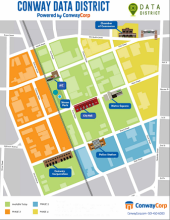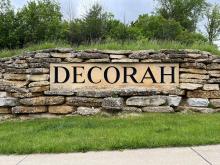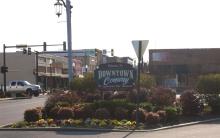
Conway is right in the middle – in the middle of Arkansas with its utility company, Conway Corp, in the middle of beefing up its broadband network.
In this city of 66,000 – home to the information technology company Acxiom Corporation and three colleges – residents and businesses have long relied on Conway Corp for more than just electricity since the utility first launched its cable and Internet service in 1997.
Conway Corp, which has been Conway’s electric utility for the past 90 years, has a unique relationship with the city’s government. “We are different in the way we are set up as compared to many other municipal networks. We are set up as a non-profit. We lease the network and operate it on behalf of the city,” explained Conway Corp Chief Marketing Officer Crystal Kemp.
At the heart of the utility’s network management has been the on-going work to stay ahead of the curve.
Prepared for the Pandemic
“When we launched Internet services in 1997, upstream capacity wasn’t a concern and systems were built with the average homes (and) businesses per geographic area, or node, at 500. Today those numbers are less than 95 per node. That’s been achieved through physical changes in the network and changes in our engineering practices,” Conway Corp’s Chief Technology Officer Jason Hansen told us last week.
Upgrades to the Hybrid-Fiber-Coax (HFC) network began to take shape in 2019 with the deployment of DOCSIS 3.1, allowing Conway Corp to double its downstream capacity. They also began upgrading equipment that paved the way for expanded use of the RF (Radio Frequency) spectrum to boost the network’s bandwidth. As of December 2020, about 50 percent of the upstream upgrade work had been completed with the remainder expected to be finished by the summer of 2021.
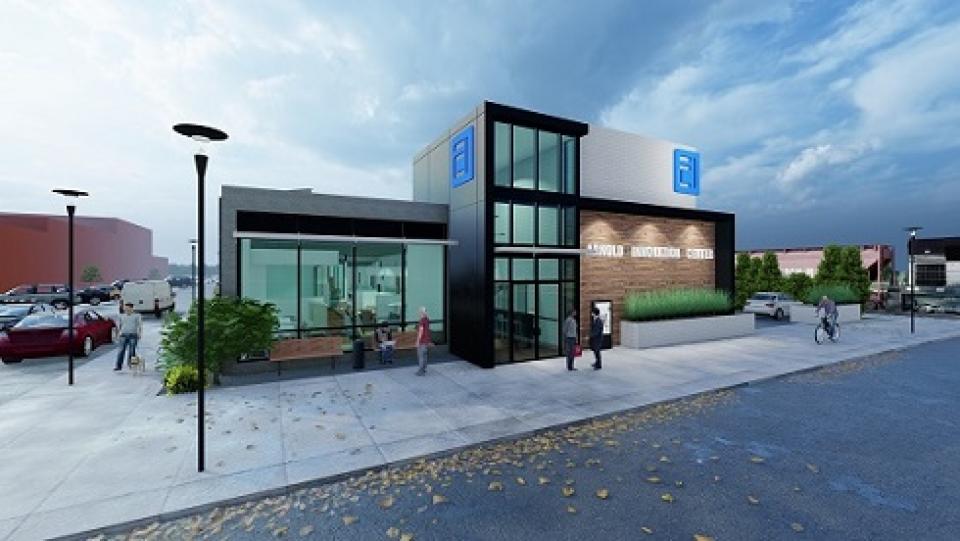
The network upgrade, which began in earnest in 2019, turned out to be prescient planning as the emerging COVID-19 pandemic would soon turn life upside down less than a year later.
Tracking upstream usage patterns, Hansen noted, Conway Corp began to see an uptick on March 2, 2020 as pandemic quarantine protocols took hold across the nation. Before that, average maximum upstream network usage clocked in at 1.6 Gbps (Gigabits per second). But, from March 2 to March 15, upstream usage increased 25% to 2 Gbps and shot up to 2.6 Gbps by mid-April. Overall, Hansen explained, the core network experienced a 63% increase in upstream usage between February and mid-April.
And yet, Hansen reported, at no time during the ongoing pandemic has the network been unable to handle the surges of bandwidth demand up and downstream.
“We have continued to innovate and make sure we were prepared for the next technology. And while a global pandemic was not a scenario imagined, we were dedicated to being one step ahead of network utilization and potential surges in the network,” Hansen said. “We are focused on providing a customer experience second to none. Our goal has been to ensure subscribers can work from home, learn from home, and be entertained during this challenging time.”
Next Step in Network’s Evolution
And now, even as work to upgrade the HFC network continues, planners have their eye on the long run.
“The next step in our network’s evolution is an all-fiber network,” Hansen said, explaining that all new subdivision construction in Conway is being connected to the utility’s emerging fiber network as Conway Corp transitions away from its existing HFC network to a passive optical network (PON).
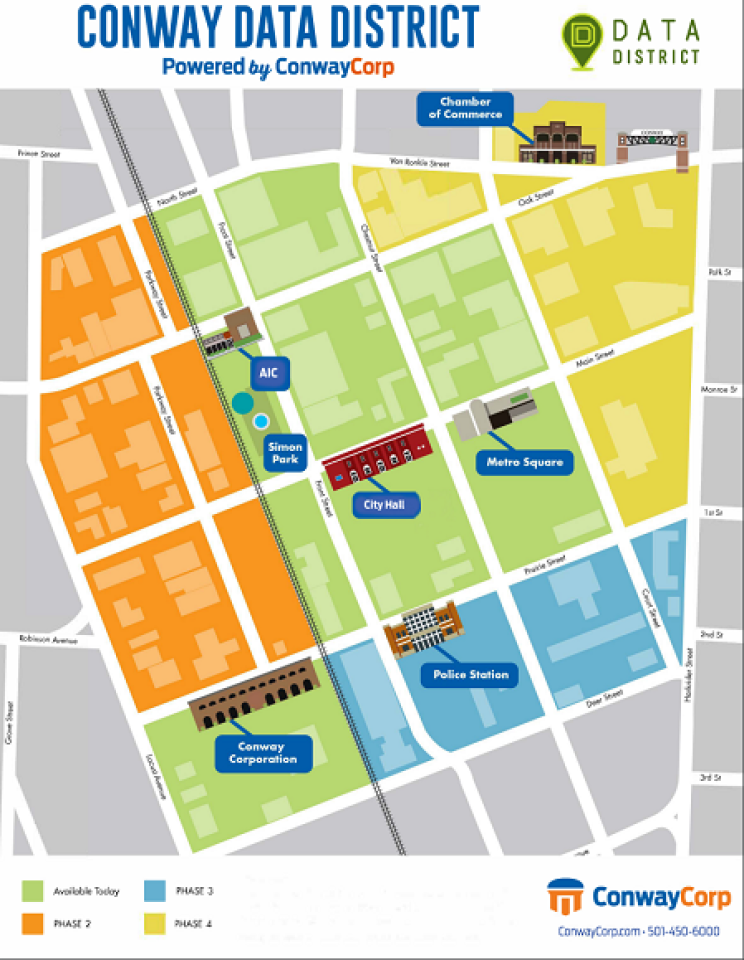
That’s in addition to the anchor institutions in Conway that already have a fiber connection, which includes Conway’s 17 schools, three colleges, two medical facilities (Baptist Health Conway and Conway Regional Health System), and 90 commercial customers.
Conway Corp has also built the fiber infrastructure in what they call the “Downtown Data District,” which is an area in downtown Conway that’s about 6 to 8 city blocks wide where any business that wants fiber service can get hooked up within 45 to 60 days.
Moving forward, residential and business customers connected to the existing HFC network, Hansen said, will be re-evaluated to determine which areas will be rebuilt first and then gradually “over the next decade, all fiber [connections] is what we will end up with.”
Conway Corp's network has been self-funded since inception in 1997, and assessing future capital needs for the fiber expansion is an ongoing project. Whether revenue bonds or other external funding will be needed as the project progresses remains to be seen.
Even as the fiber network build is in its infancy, it is already a major part of the city’s economic development efforts. In 2017, the Conway Corp Board of Directors announced plans for a fiber-connected Arnold Innovation Center, a building the utility company took over when city hall moved locations. The Center, named in honor of retired Conway Corp CEO Richard Arnold, will be a co-working space for startups.
“The Innovation Center will become the epicenter of Conway’s startup community,” is how Bret Carroll, Conway Corp CEO, describes it. “This is an ideal location from a technology standpoint and an historic one. It’s in the heart of the Data District and just a few steps from where almost 150 years ago, Conway’s original startups were launched.”
With renovations still underway, the Arnold Innovation Center is slated to open in 2021.
Conway has a marketing video on YouTube that covers all the services the utility offers.
Header image via Wikimedia Commons from Someone's Moving Castle used in accordance with the Creative Commons Attribution-Share Alike 3.0

